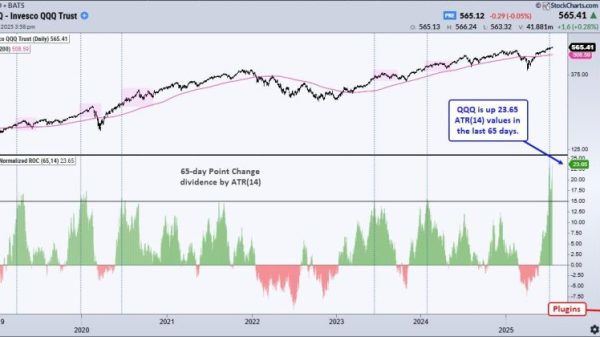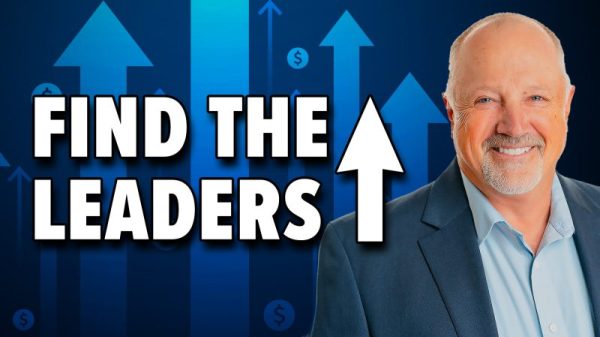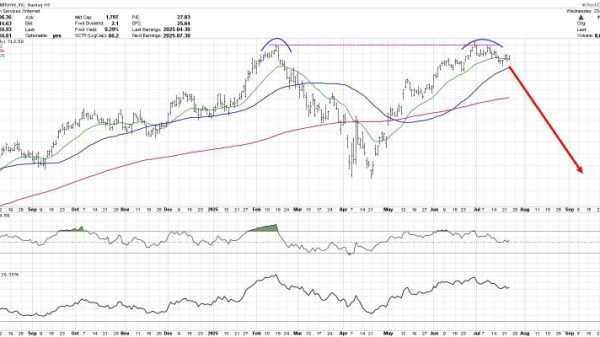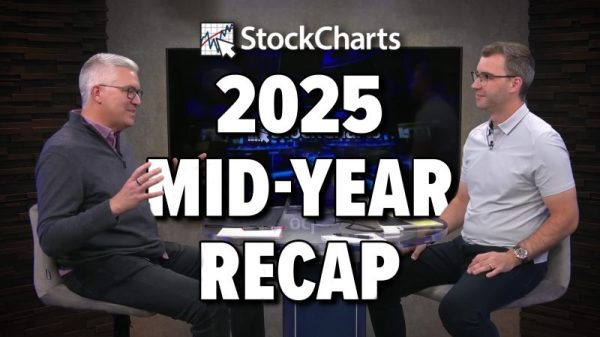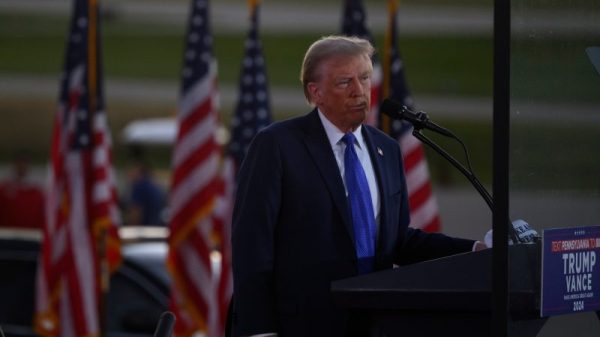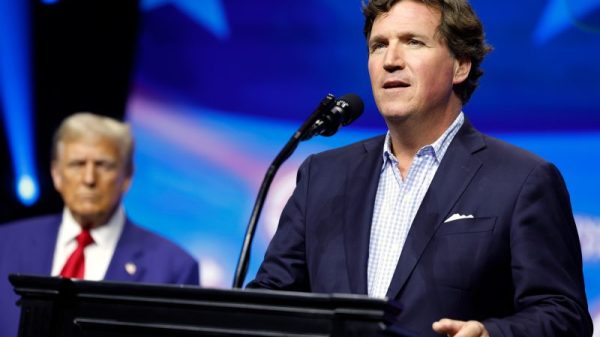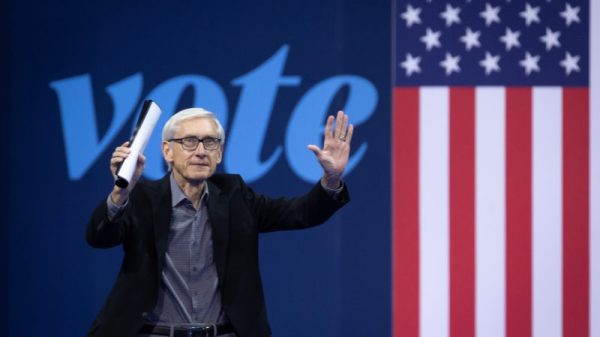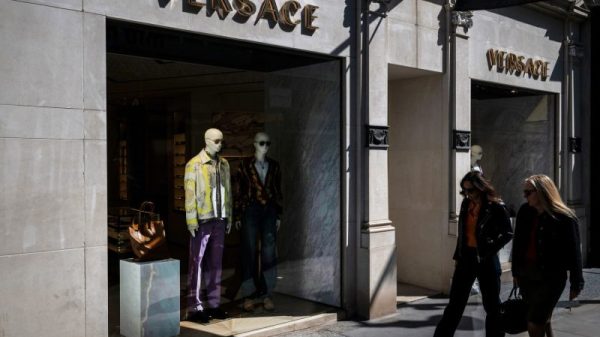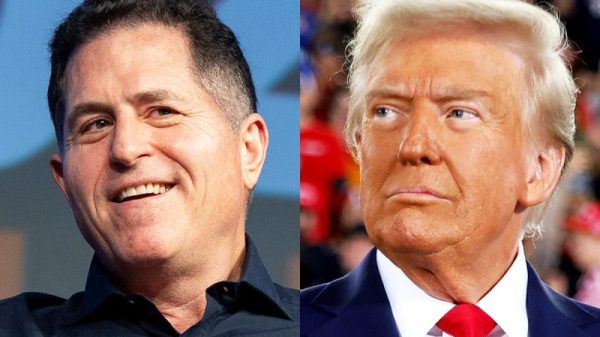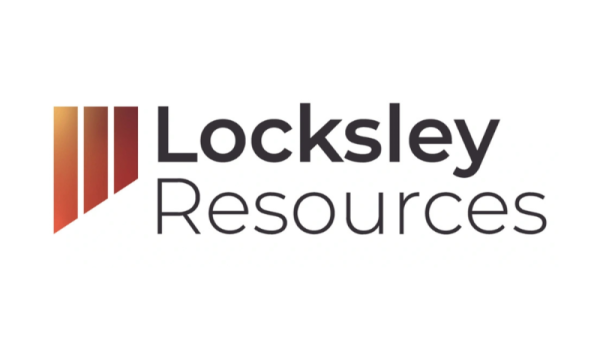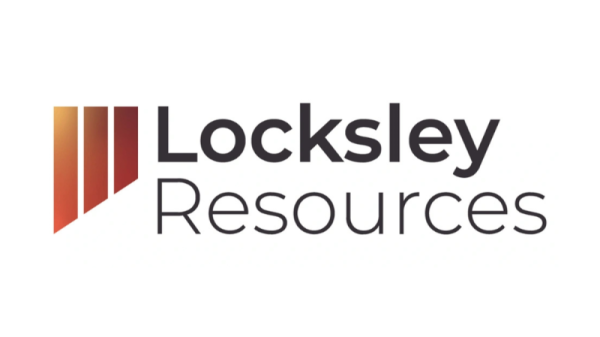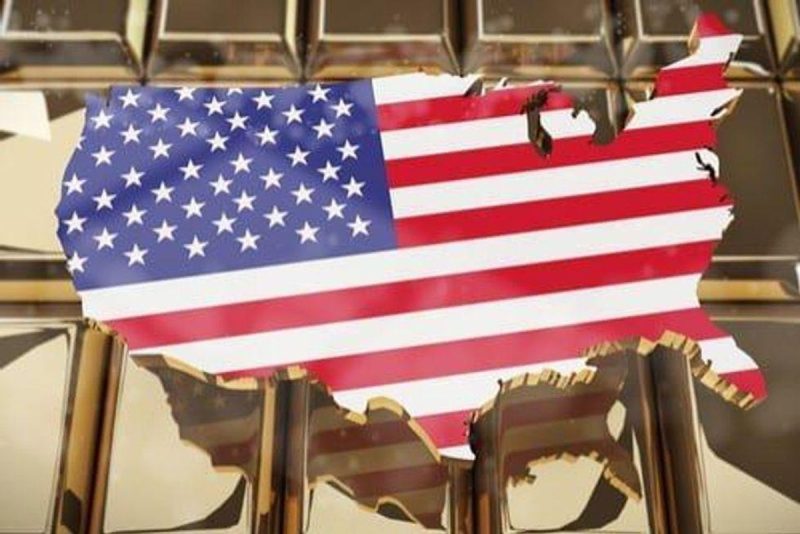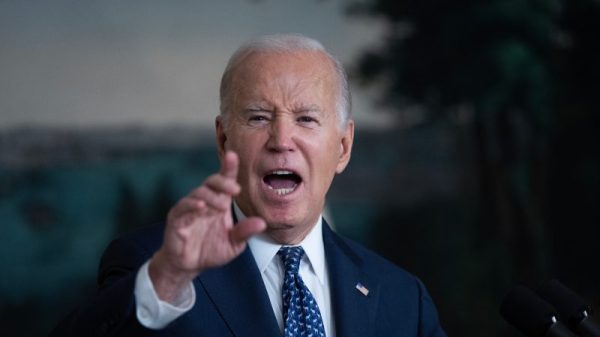The gold standard hasn’t been used in the US since the 1970s, but when Donald Trump was president from 2017 to 2021 there was some speculation that he could bring it back.
Rumors that the gold standard could be reinstated during Trump’s presidency centered largely on positive comments he made about the idea. Notably, he suggested that it would be “wonderful” to bring back the gold standard, and a number of his advisors were of the same mind — Judy Shelton, John Allison and others supported the concept.
With Trump set to run as a 2024 presidential candidate, some are again wondering if he will return the country to the gold standard. Speaking on his War Room podcast, Steve Bannon, Trump’s former chief strategist, said he believes Number 45 could ditch the US Federal Reserve and bring back the gold standard in his second term in office.
Read on to learn what the gold standard is, why it ended, what Trump has said about bringing it back — and what could happen if it ever comes into play again.
What is the gold standard?
What is the gold standard and how does it work? Put simply, the gold standard is a monetary system in which the value of a country’s currency is directly linked to the yellow metal. Countries using the gold standard set a fixed price at which to buy and sell gold to determine the value of the nation’s currency.
For example, if the US went back to the gold standard and set the price of gold at US$500 per ounce, the value of the dollar would be 1/500th of an ounce of gold. This would offer reliable price stability.
Under the gold standard, transactions no longer have to be done with heavy gold bullion or gold coins. The gold standard also increases the trust needed for successful global trade — the idea is that paper currency has value that is tied to something real. The goal is to prevent inflation as well as deflation, and to help promote a stable monetary environment.
When was the gold standard introduced?
The gold standard was first introduced in Germany in 1871, and by 1900 most developed nations, including the US, were using it. The system remained popular for decades, with governments worldwide working together to make it successful, but when World War I broke out it became difficult to maintain. Changing political alliances, higher debt and other factors led to a widespread lack of confidence in the gold standard.
What countries are on the gold standard today?
Currently, no countries use the gold standard. Decades ago, governments abandoned the gold standard in favor of fiat monetary systems. However, countries around the world do still hold gold reserves in their central banks. The Fed is the central bank of the US, and as of March 2024 its gold reserves came to 8,133.46 metric tons of the yellow metal.
Why was the gold standard abandoned?
The demise of the gold standard began as World War II was ending. At this time, the leading western powers met to develop the Bretton Woods agreement, which became the framework for the global currency markets until 1971.
The Bretton Woods agreement was born at the UN Monetary and Financial Conference, held in Bretton Woods, New Hampshire, in July 1944. Currencies were pegged to the price of gold, and the US dollar was seen as a reserve currency linked to the price of gold. This meant all national currencies were valued in relation to the US dollar since it had become the dominant reserve currency. Despite efforts from governments at the time, the Bretton Woods agreement led to overvaluation of the US dollar, which caused concerns over exchange rates and their ties to the price of gold.
By 1971, US President Richard Nixon had called for a temporary suspension of the dollar’s convertibility. Countries were then free to choose any exchange agreement, except the price of gold. In 1973, foreign governments let currencies float; this put an end to Bretton Woods, and the gold standard was ousted.
What is the US dollar backed by?
Since the 1970s, most countries have run on a system of fiat money, which is government-issued money that is not backed by a commodity. The US dollar is fiat money, which means it is backed by the government, but not by any physical asset.
The value of money is set by supply and demand for paper money, as well as supply and demand for other goods and services in the economy. The prices for those goods and services, including gold and silver, can fluctuate based on market conditions.
What has Trump said about the gold standard?
While it’s perhaps not common knowledge, Trump has long been a fan of gold.
In fact, as Sean Williams of the Motley Fool has pointed out, Trump has been interested in gold since at least the 1970s, when private ownership of gold bullion became legal again. He reportedly invested in gold aggressively at that time, buying the precious metal at about US$185 and selling it between US$780 and US$790.
Since then, Trump has specifically praised the gold standard. In an oft-quoted 2015 GQ interview that covers topics from marijuana to man buns, Trump said, “Bringing back the gold standard would be very hard to do, but boy, would it be wonderful. We’d have a standard on which to base our money.”
In a separate interview that year, he said, “We used to have a very, very solid country because it was based on a gold standard.”
According to Politico’s Danny Vinik, “(Trump has) surrounded himself with a number of advisors who hold extreme, even fringe ideas about monetary policy. … At least six … have spoken favorably about the gold standard.” Shelton and Allison, mentioned above, are not alone. Others include Ben Carson and David Malpass. The last two, Rebekah and Robert Mercer, eventually distanced themselves from Trump, but had a strong influence before that.
Emphasizing how unusual Trump’s support for the international gold standard is, Joseph Gagnon, a senior fellow at the Peterson Institute for International Economics, told the news outlet, “(It) seems like nothing that’s happened since the Great Depression.” Gagnon, who has also worked for the Fed, added, “You have to go back to Herbert Hoover.”
Back in 2017, Politico also quoted libertarian Ron Paul, another gold standard supporter, as saying, “We’re in a better position than we’ve ever been in my lifetime as far as talking about serious changes to the monetary system and talking about gold.”
Would it be feasible for the US to return to the gold standard?
Trump’s term as president passed without a return to the gold standard, and the consensus seems to be that it’s highly unlikely that this event will come to pass — even if he takes the helm once again. Even many ardent supporters of the system recognize that going back to it could create trouble.
As per the Motley Fool’s Williams, economists largely agree that moving to a lower-key version of the gold standard in 1933 was “a big reason why the US emerged from the Great Depression,” and a return would be a mistake.
But if a future president did decide to go through with it, what would it take? According to Kimberly Amadeo at the Balance, due to trade, money supply and the global economy, the rest of the world would need to go back to the gold standard as well. Why? Because otherwise the countries that use the US dollar could stand with their hands out asking for their dollars to be exchanged for gold — including debtors like China and Japan, to which the US owes a large chunk of its multitrillion-dollar national debt.
Is there enough gold to return to the gold standard?
The fact that the US doesn’t have enough gold in its reserves to pay back all its debt poses a huge roadblock to returning to the gold standard. The country would have to exponentially replenish its gold reserves in advance of any return to the gold standard.
In addition, Money Morning’s David Zeiler has suggested that returning to the gold standard would require the price of gold to be set much higher than it is currently. “West Shore Group Chief Global Strategist Jim Rickards has calculated the gold price would jump up to US$10,000 an ounce,” he said.
That means the US dollar would be “severely devalued,” causing inflation, and since global trade uses the US dollar as a reserve currency, it would “grind to a halt.” Conversely, returning to the gold standard at a low gold price would cause deflation.
What would happen if the US returned to the gold standard?
Going back to the gold standard would have a huge impact on the US economy. For one thing, it would make it impossible for the Fed to offer fiscal stimulus. After all, if the US had to have enough gold reserves to exchange for dollars on an as-needed basis, the Fed’s ability to print paper currency would be incredibly limited.
Supporters believe that could be the perfect way to get the US out of debt, but it could also cause problems during times of economic crisis. It’s important to remember that because 70 percent of the US economy is based on consumer spending, if inflation rose due to the gold price rising, then a lot of consumers would cut spending. That would then affect the stock market as well, which could very well lead to a recession or worse without the ability of the government to soften that blow via money supply.
For that reason, a return to the gold standard would also expose the US economy to the yellow metal’s sometimes dramatic fluctuations — while some think that gold would offer greater price stability, it’s no secret that it’s been volatile in the past. Looking back past the metal’s recent stability, it dropped quite steeply from 2011 to 2016.
Moreover, speaking to Congress on this issue in 2019, Fed Chair Jerome Powell warned against a return to the gold standard.
“You’ve assigned us the job of two direct, real economy objectives: maximum employment, stable prices. If you assigned us (to) stabilize the dollar price of gold, monetary policy could do that, but the other things would fluctuate, and we wouldn’t care,” he said. “There have been plenty of times in fairly recent history where the price of gold has sent a signal that would be quite negative for either of those goals.”
As can be seen, returning to the gold standard would be a complex ordeal with many pros and cons. The likelihood of the US bringing back the gold standard is slim, but no doubt the question will continue to be up for debate under future presidents.
Securities Disclosure: I, Melissa Pistilli, hold no direct investment interest in any company mentioned in this article.

